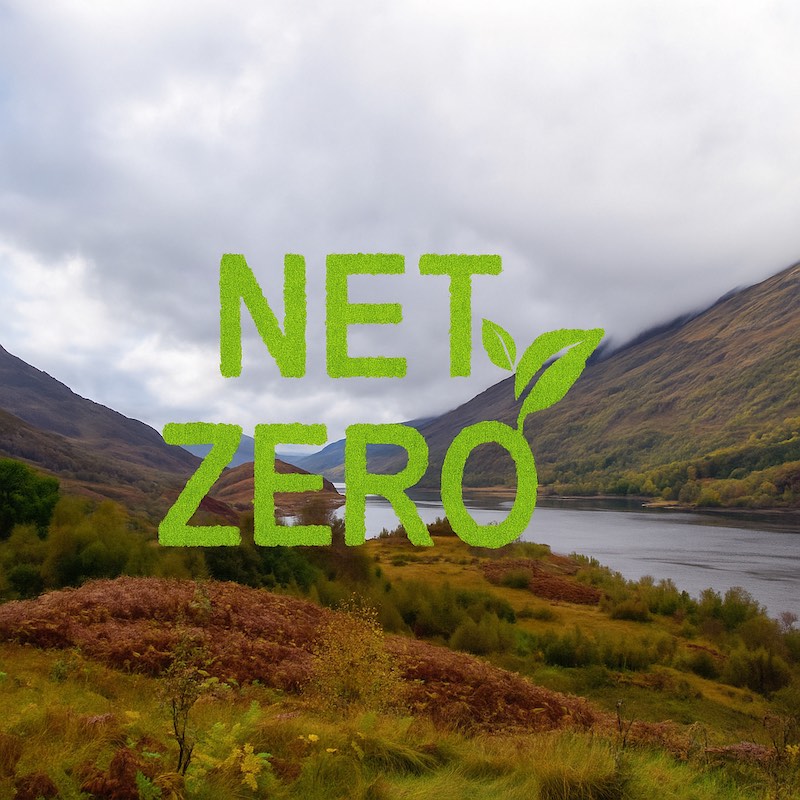Highland Council’s drive toward a greener, fairer, and more sustainable future continues to gather pace.
Members of the Council’s Climate Change Committee have welcomed major progress across a range of Net Zero projects, alongside approval for four new initiatives designed to accelerate action across the region.
At their latest meeting, councillors heard updates on key work streams within the Council’s Net Zero Programme, focusing on the Built Estate & Energy and Social Housing portfolios.
Together, these projects are cutting emissions, improving energy efficiency, and delivering tangible benefits for communities across the Highlands.
Councillor Kate Willis, Chair of the Climate Change Committee, said collaboration had been vital to the programme’s success.
“The Council’s Net Zero Programme has many projected long-term benefits, and I’m pleased to see our services working more closely with the Climate Change and Energy Team,” she said.
“Effective cross-service collaboration allows us to deliver projects that not only support our Net Zero ambitions but also bring real benefits to Highland residents.”
Among the highlights was the Council’s pioneering blended funding model, developed by the Climate and Energy Team under the Our Future Highlands Delivery Plan.
By combining multiple national and regional funding streams, the Council has attracted more than £11 million in external investment, accelerating retrofit projects and reducing overall costs.
The Caol Retrofit Project upgraded 79 homes, including 30 Council-owned properties with insulation, air source heat pumps, and solar PV systems.
Local schools benefited too, receiving “Talking Tub” educational resources to help teach children about energy and construction.
In Balintore, two major retrofit schemes improved more than 120 homes through 50% external funding.
The community also gained energy-efficient lighting for the Seaboard Memorial Hall, fencing for the junior play park, and solar panels for the local Scout Hall.
The £9.2 million D-C Highlands initiative, funded through the Energy Company Obligation, has already completed 642 energy efficiency measures across 302 Council properties.
Cllr Willis said these projects demonstrate what can be achieved through innovation and partnership.
“I visited the Caol retrofit project last year and was able to see directly the benefits of these projects and how area-based retrofits deliver meaningful carbon savings, lower energy bills for residents, and improve housing quality,” she said.
“The Climate and Energy Team’s innovative funding approach has attracted millions in additional investment, allowing us to tackle fuel poverty while supporting healthier, more resilient communities.”
The Committee also reviewed the Climate Change Impact Assessment (CCIA), introduced in 2024 to ensure all Council decisions consider emissions, biodiversity, and climate resilience.
“The Council’s Net Zero Strategy commits us to embedding climate change considerations into every aspect of decision-making,” said Cllr Willis.
“We are now strengthening the implementation of the CCIA to make sure climate impacts are visible and understood at the point of decision.”
Members also approved new initiatives for inclusion in the Net Zero Programme, including:
- E-Bike Charging Infrastructure, new charging points at the Council’s Inverness headquarters to support low-carbon travel.
- Highland Climate Change Risk & Opportunity Assessment, a regional study by Highland Adapts to identify and prioritise climate-related risks and opportunities.
- Nature Restoration Fund, £600,000 to support projects restoring habitats, protecting wildlife, and tackling biodiversity loss, with £300,000 for community-led projects and £300,000 for Council initiatives such as woodland management and a new Local Nature Reserve in Ardersier.
With major investment, clear leadership, and strong community collaboration, Highland Council’s Net Zero Programme is turning strategy into action, helping the region build a sustainable future that truly lives up to its natural beauty.





